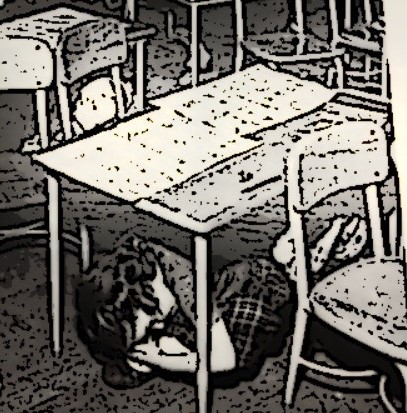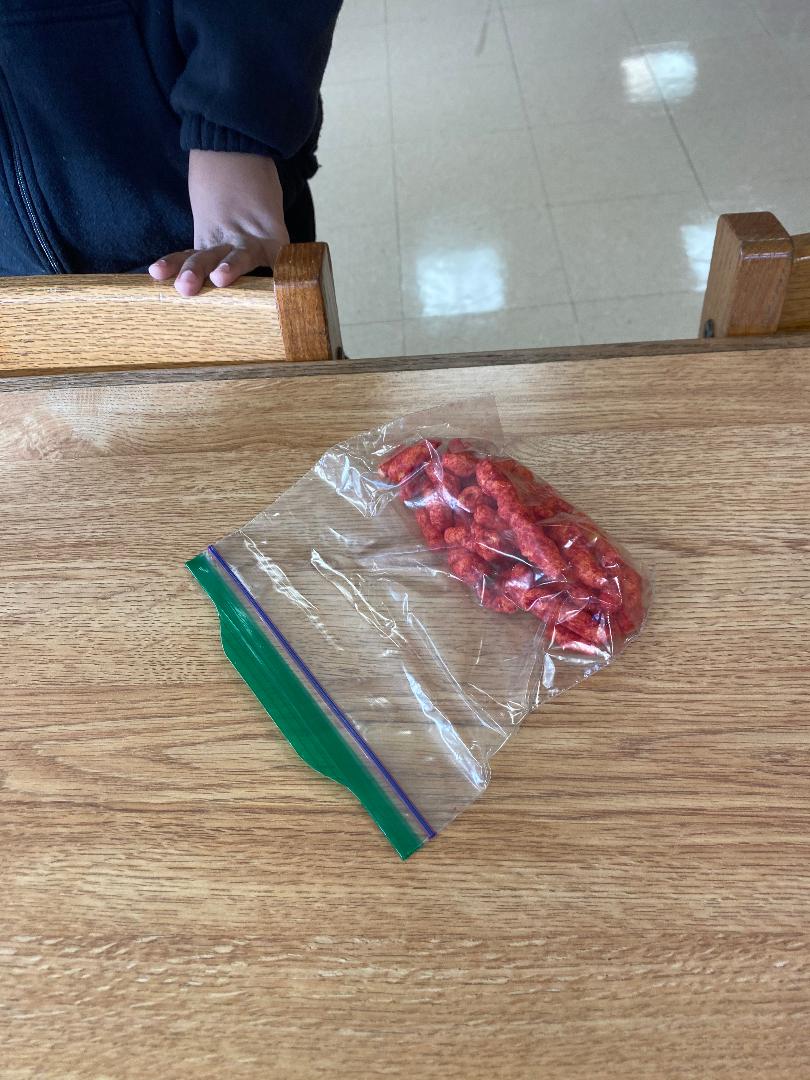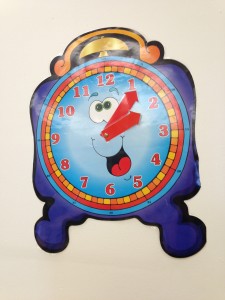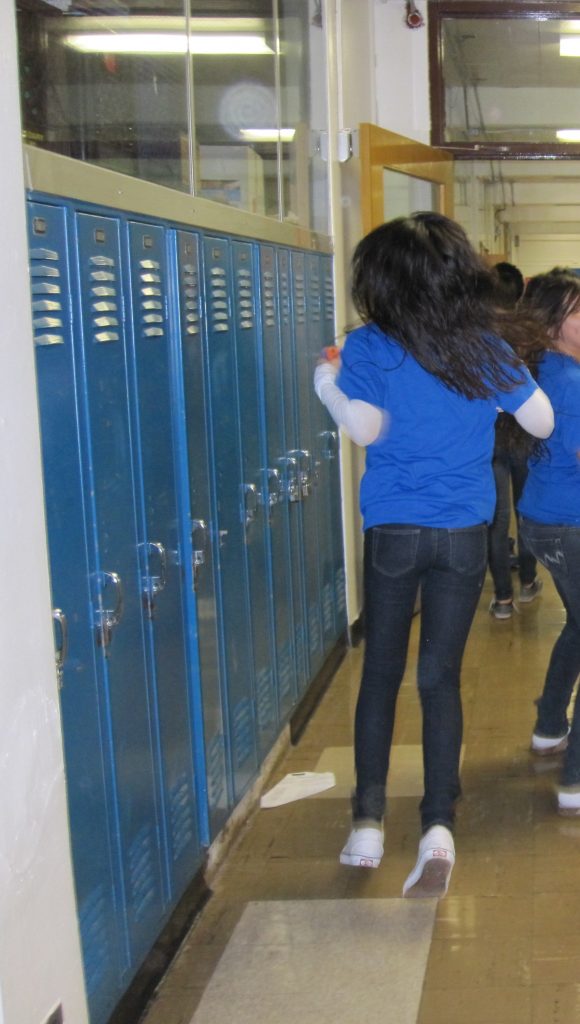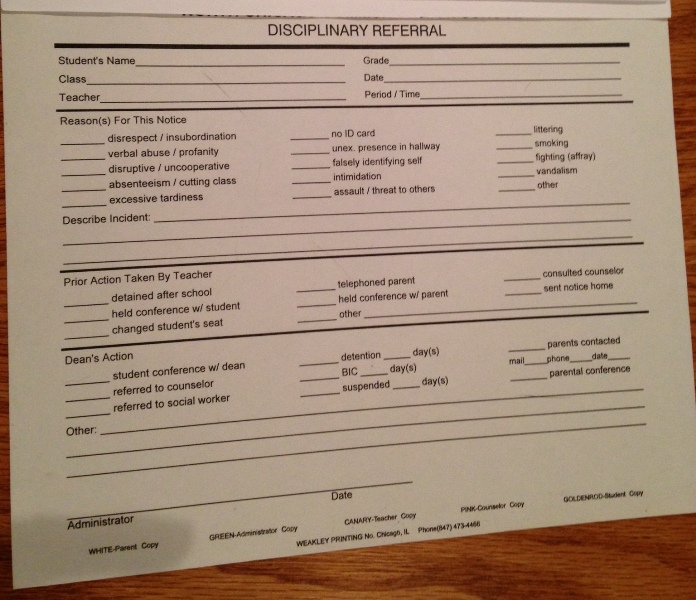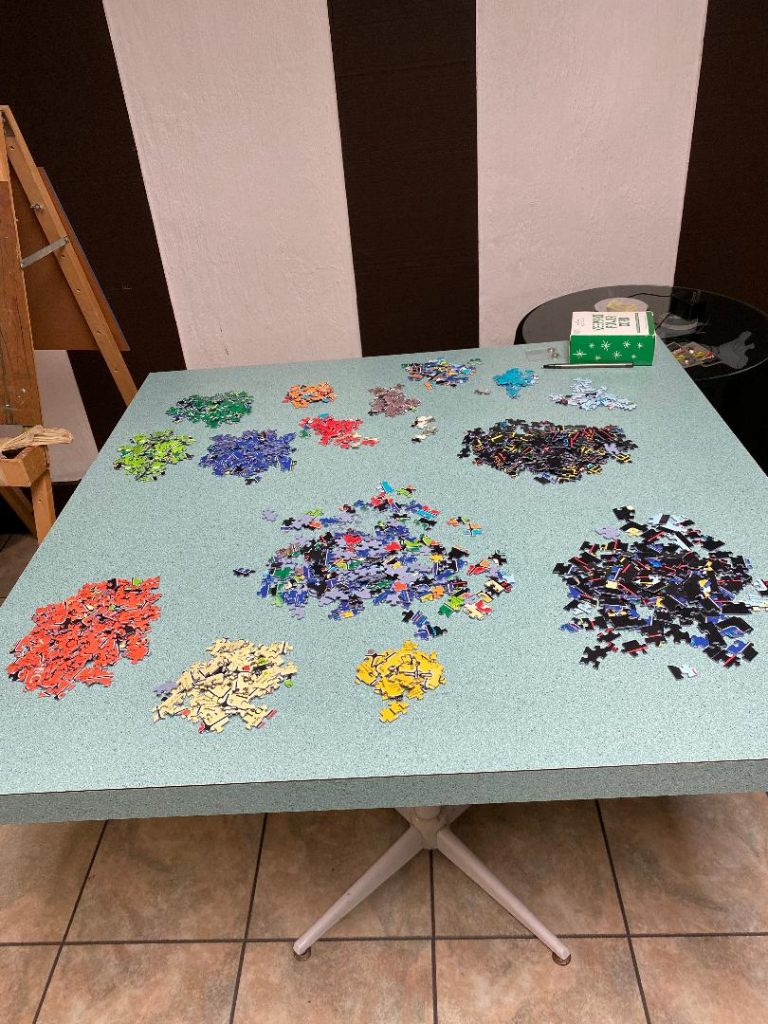And now for another post that has nothing to do with standardized testing. In pockets throughout the US, data demands keep triumphing over common sense as standardized tests and test preparation pre-empt instructional time. (Yada, yada, yada.) I’ll keep writing the occasional test post, until I get some indication that those classroom instructional hours are being returned to students — many of whom desperately need them.
But this is another post, meant for both parents and teachers. For a quick breakdown of ADHD facts, see Common Characteristics of ADHD – Santa Monica College (smc.edu). Santa Monica’s list is incomplete, but an excellent start in breaking down this topic. This post is not exactly about ADHD and accommodations either, though, despite the fact I’m overdue at spending more time on this increasingly important topic.
I just want to share a shower thought with readers: As an ADHD person myself, I believe I understand an important fact that often gets skipped in social media posts and other articles about ADHD management: The trial-and-error process of medicating children with ADHD is not nearly the “to-medicate-or-not-to-medicate choice” parents and teachers sometimes seem to believe. By middle school, that choice is no longer entirely in adult hands. Here is what supervising adults are up against:
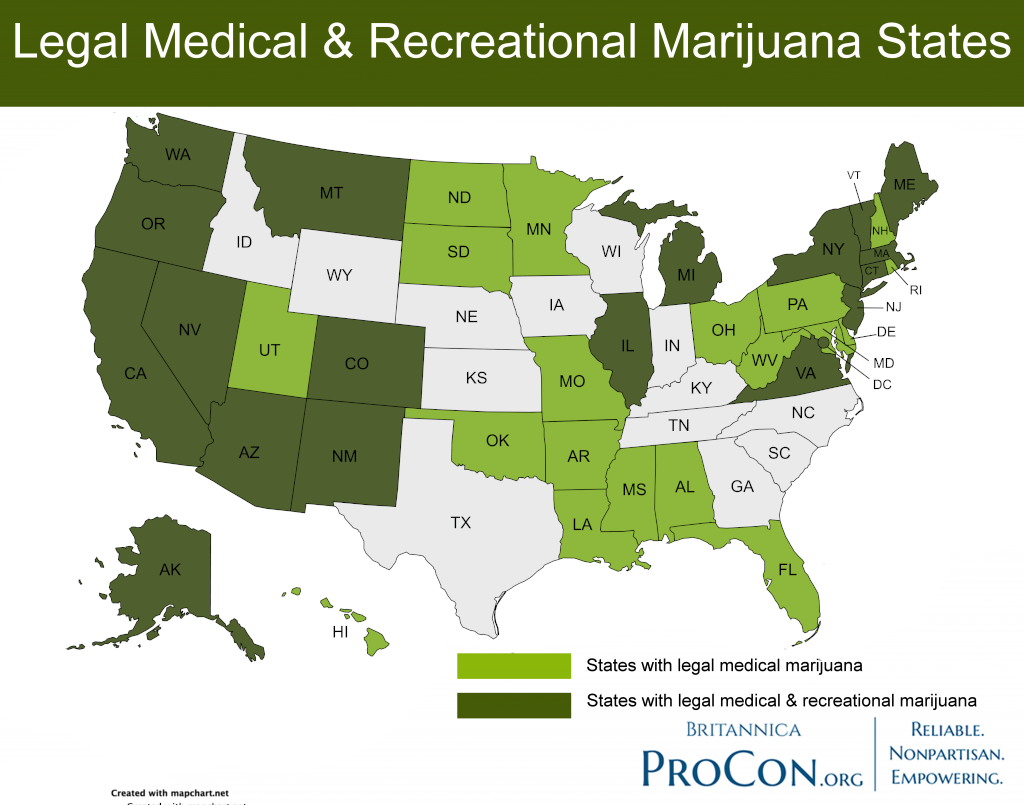
ADHD Amber or Anthony can easily self-medicate throughout much of America, probably almost all of America. How many houses stock liquor? And even before weed was legal, I guarantee my middle-school students were finding supplies. Some red eyes might have been the result of playing Fortnite all night, but others came with faint odors wafting off hoodies and hair, whiffs that explained Amber or Anthony’s mostly agreeable, if slightly blank or disruptive, classroom behavior.
“How old is the oldest tree in the world?”
“We can look that up later, Anthony. For now, we should be focusing on today’s math.”
Here’s the thing about Anthony: He may not be able to Total Recall his way to Mars, but he can for sure blunt his way to the easy chair in a friend’s basement. I tried to control my own kids’ viewing habits and I was partially successful. However, I could not control friends’ houses. And once we hand those kids their phones, all bets are off in categories across the board.
So the choice is actually between medicating, not medicating and self-medicating. The first time that child with generalized anxiety disorder — often concomitant with ADHD — inhales THC or downs a homemade cocktail, the question of medication may go sideways in mere minutes. Gloriously unafraid, having fun with friends, friends who are having fun themselves watching nervous Amber relax — Amber may have set both feet firmly on a path of substance abuse.
I don’t want to oversimplify this issue. I believe genetic components, personal ambitions, family dynamics and background, actual physical location, degree of anxiety or depression, and other factors weigh heavily in what happens next. I also believe that starting set points can sometimes be critical. How is Anthony doing in school? Does Amber have friends, family or a therapist to help her process her feelings?
Eduhonesty: My thought in the shower was a simple one. Those unmedicated kids who are not managing to navigate daily life somewhat comfortably will frequently medicate themselves. It’s so easy to find those “medications,” so easy to take that edge off, at least once out of elementary school.
Teachers are sometimes accused of pushing for medication in order to make classroom control easier. Parents are sometimes attacked for choosing medication, told they “just need good, firm discipline.” (Or spanking, or no red dyes, or less screen time, or the right vitamins etc.) Too often, outsiders don’t understand that those screens HAVE been limited in houses where nutrition is being carefully monitored and books on child-rearing are piling up on shelves.
All families are unique. Decisions like medication require the voices of trained medical professionals who are receiving robust information from families and schools.
Parents: If your school has suggested that Amber or Anthony might require medication, please listen. Teachers can recognize those kids who are outliers, the kids whose inability to sit and listen is interfering with learning. Falling behind is never trivial; somewhere up the line, a student can reach a point of no return — the point where no math tutor can fill in enough gaps to make success in high school algebra possible, at least on the first try. Academic failures eat away at self-confidence, no matter how many positive messages and participation trophies a child receives.
Parents and schools can control nutrition and medication in elementary-age children. At the doorway to adolescence, though, that control slips away. Middle school kids toss their healthy school lunches in the trash and share a friend’s bag of bright red Takis instead. They stash their bong at a friend’s house, the house with the comfy basement and parent(s) who work the swing shift. They perfect strategies not to be caught. Quote from a high school boy of my acquaintance: “The man who invented Visine should have got a Nobel Prize.”
I wrote this post simply to lay out a truth that can get lost: A too-scared, too-scattered kid is more likely to self-medicate than live out middle school and high school in confusion and fear.
P.S. I’ve done fine in life and so has my ADHD child. I hope this post doesn’t come across as ominous because ADHD has many positive aspects. Hyper people can be amazingly productive once they get to work on their personal passions. And many kids will avoid intoxicants even when they are anxious. Still, what I wrote above deserves consideration. I got all “A”s in my French, Latin and Spanish classes in my senior year of high school, but, damn, I was higher than that proverbial kite some days. The smoke must have been wafting off of me. My very Latinesque teachers just smiled and let me slide by. The world forgives “A” students easily and I think no one wanted to cause me trouble. I honestly don’t know why so many people let me pass, but they did, and it turns out I am not an addictive personality. The problem is: you don’t know if you can slough the monkey off your back until you try. Not everyone is lucky.

